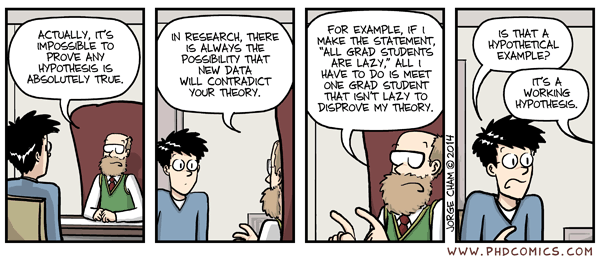Writing for a scholarly journal publication is entirely different from thesis-writing. While the aim of your thesis is to present everything you know and discover on a particular topic, the goal of a journal article is to present research findings in a shorter and more focused format that scientists and researchers can read despite their hectic schedules. Moreover, journal editors sift through several submissions every publication cycle and would not bother reading an article that lacks clarity and brevity.
In the recently concluded 11th National Medical Writing Workshop and 4th Writeshop for Young Researchers held January 30-31 at the Isabela State University – Cauayan Campus, journal-writing experts from the Asia Pacific Association of Medical Journal Editors, together with proficient mentor-facilitators from different health fields, trained health investigators in developing/refining manuscripts that are worthy of a scholarly journal publication. Here are few practices researchers should avoid when writing a scientific journal article as pointed out in the writeshop*:
 Mr. Diomerl Baldo, Bicol University, reviews the draft journal article of his groupmate during the small-group exercises at the
Mr. Diomerl Baldo, Bicol University, reviews the draft journal article of his groupmate during the small-group exercises at the
11th National Medical Writing Workshop and 4th Writeshop for Young Researchers held January 30-31
at the Isabela State University – Cauayan Campus
Writing only in the active voice
More often, research writing guidelines encourage writing sentences in the active voice rather than in the passive voice. Recently, journal editors encourage writing in both the active and passive voices depending on what section you are working on. Writing in the passive voice would enable you to focus more on the results of your study. e.g. (active) The researcher classified vapor as gas. (passive) Vapor was classified as gas.
Presenting data in both narrative and illustration forms

Avoid redundant data presentation when writing for journals. This can be achieved by carefully choosing which presentation form would best express your data. If data cannot be explained in three to four paragraphs, it is best to use illustrations. Graphs effectively present trends and relationships among variables.
Using statistical terms that have common meanings
Using the statistical words such as random, correlate, significant, and normal in non-technical parts of your journal article may confuse readers into what the meaning of your statements. Save statistical words for your materials and methods prose. All statistical terms should be defined if used in the Results section.
Presenting all the results of your research
Only include results that are relevant to your stated problem whether or not they support the hypothesis. This technique would also make a journal article more focused and specific.
Including only the references that agree with your research

Journal manuscripts can be venues for discussion and scholarly disputes. Try to argue and provide enough data on why you don’t agree with previously published results and contribute another perspective to existing research.
Using one writing style for all your journal submissions

*taken from the presentations of the 11th National Medical Writing Workshop and 4th Writeshop for young Researchers' resource persons: Dr. Jose Florencio Lapeña, Dr. Wilfred CG Peh, and Dr. Cecilia C. Maramba-Lazarte






